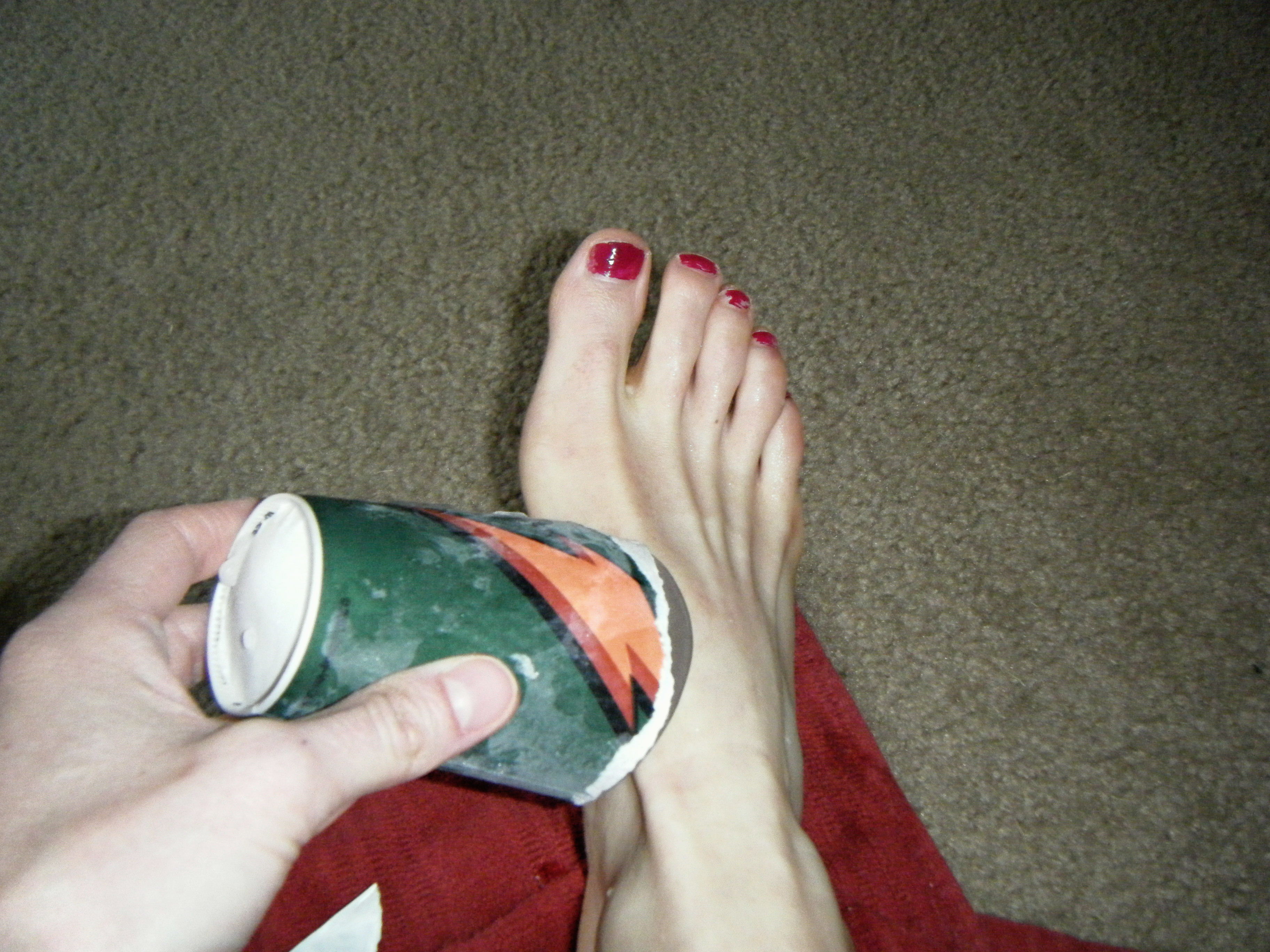 Though the symptoms of fibromyalgia have been plaguing people for years, this condition has only, fairly recently, been given a name. That’s because the people complaining were mostly women and those in the male dominated medical establishment often believed these women to be exaggerating or “making up” their complaints.
Though the symptoms of fibromyalgia have been plaguing people for years, this condition has only, fairly recently, been given a name. That’s because the people complaining were mostly women and those in the male dominated medical establishment often believed these women to be exaggerating or “making up” their complaints.
What is Fibromyalgia?
Fibromyalgia is a syndrome in which the affected individual has long-term, on-going pain throughout the entire body, usually accompanied by joint tenderness, fatigue, sleep issues, memory and mood disturbances and headaches as well as pain in the muscles, tendons, and other soft tissue. Researchers believe that fibromyalgia is a condition that amplifies painful sensations due to the way the brain processes pain signals in affected individuals.
Fibromyalgia: A Painful Journey
I had a client back when I lived in Tucson that had all the classic symptoms of fibromyalgia, back in the early 90’s, but for years she was just told that it was “all in her head.” They also told her to get more exercise. As a professional athlete and a mother of 3, juggling self-employment, she was getting plenty of exercise AND plenty of stress, but nobody listened to her concerns. That’s when she and I began working together to help her cope with the intensifying pain levels.
Sometimes her shoulders would hurt so bad she could barely dress herself. With my assitance, she undertook a series of lifestyle changes like diet (low on inflammatory foods), stress reduction by way of meditation, and a regime of regular stretching and massage. This protocol really helped her keep the pain under control and helped her function on a daily basis much better than she had been.
By the time she was finally diagnosed there had been a climate change for her and others like her in the medical field. With the recognition of this new diagnosis, she was relieved to know that, now, women like her were being taken seriously instead of being marginalized, like she had been. For those, like my client, who prefer to rely on pain killers and anti-inflammatory medications as little as possible — natural treatments can provide a long-term solution that brings relief while side-stepping the potential harmful side effects of prescription medication.
Today, my old client continues to get weekly massages and is still able to function well, with only some mild discomfort.
 Symptoms of Fibromyalgia
Symptoms of Fibromyalgia
Fibromyalgia symptoms can occur suddenly, spurred on by physical trauma, surgery, infection or periods of intense psychological stress, or come on gradually, over time with no single triggering event. Those diagnosed with fibromyalgia, typically have had at least 3 months of bodywide pain or tenderness in at least 11 of 18 areas, including:
- Lower back
- Neck
- Shoulders
- Arms
- Joint tenderness in the elbows and knees
- Buttocks
- Chest
- Rib cage
- Thighs
Fibromyalgia in Women
Fibromyalgia affects many more women than men, because of this the disorder was long overdue in being recognized or diagnosed properly. Fibromyalgia affects over 5 million Americans every year, with over 80% of those affected being women between the ages of 35 and 55. Those with fibromyalgia often suffer from headaches, anxiety, temporomandibular joint (TMJ) disorders, irritable bowel syndrome (IBS), and depression.
While there is no known cure for fibromyalgia, with increased awareness, study, and diagnosis there are now medications being used to help manage pain levels and control symptoms. Exercise, relaxation and stress-reduction measures have also been proven to provide relief.
Massage for Fibromyalgia
“Massage is good for what ails ya!” That’s what we say, but specifically, in our experience, massage can really benefit people with musculoskeletal pain issues like fibromyalgia. This is because massage increases circulation, drains toxins from the tissues, relaxes muscles, eases tension, increases lymphatic drainage, soothes joint inflammation and can be applied in conjunction with acupressure for maximum results. Massage also helps to reduce stress and often leaves people feeling more relaxed or rejuvenated afterward.
Massage is one of the most highly-rated, complementary therapies for people with fibromyalgia. Research shows that regular massage can help reduce pain, elevate mood, decrease reliance on pain medicine, and increase quality of life for many fibromyalgia patients.
Natural Treatment for Fibromyalgia
Regular stretching and exercise, dietary changes that reduce inflammation in the body, stress management, meditation and massage are some of the highly recommended natural options available to aid those with fibromyalgia.
Be sure and consult your physician before trying alternative or complementary treatments for fibromyalgia to see what limitations may apply to you. By working with your doctor, you can find a blend of conventional and alternative treatments or natural remedies that compliment one another and help address your unique set of symptoms and medications.
If you’re looking for relief from fibromyalgia symptoms, contact our office today and set-up and appointment to assess what massage can do for you.




